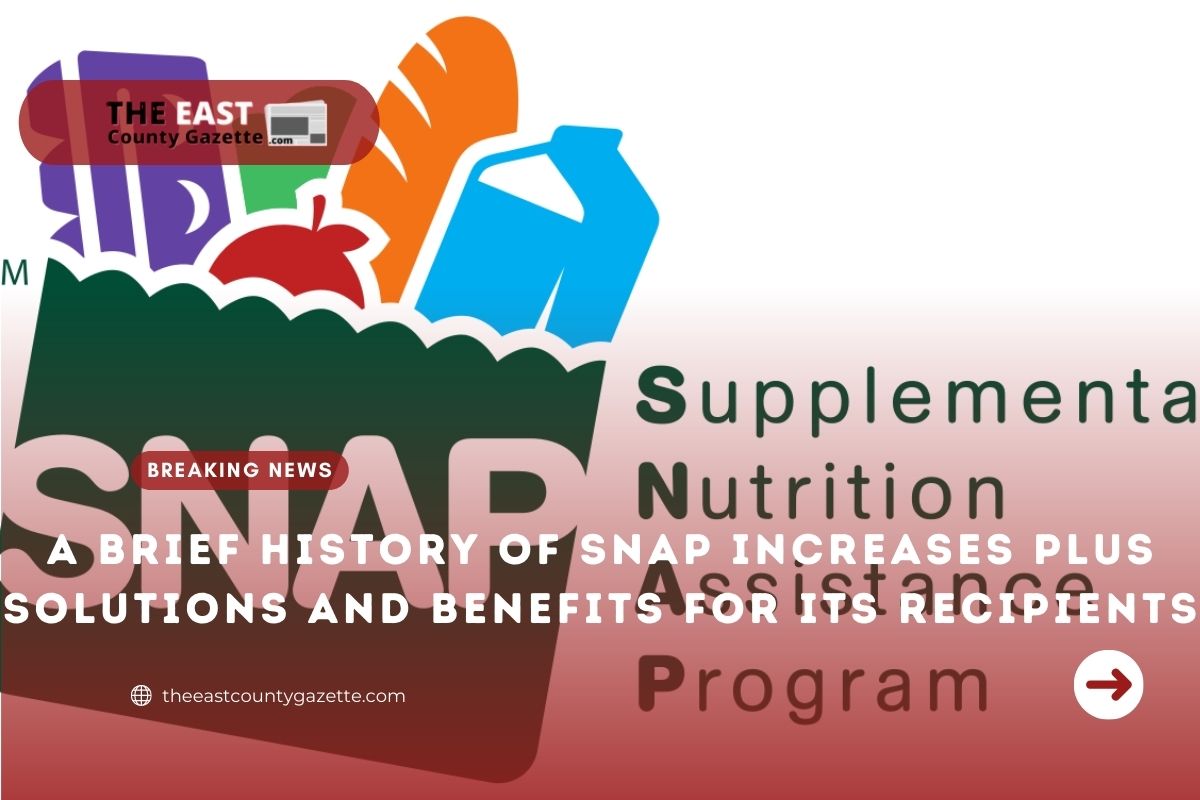A Brief History of SNAP Increases Plus Solutions and Benefits for its Recipients
Among the most pressing challenges facing our most vulnerable neighbors on a daily basis is food insecurity – which is particularly problematic during the holiday season. Since schools are locked for winter break, numerous families cannot provide their children with nutritious meals as part of the United States Department of Agriculture (USDA)’s National School Lunch Program.
Furthermore, cold weather makes traveling to food pantries difficult for seniors, particularly if they do not have reliable transportation. In 2020, there were nearly 11% of Americans experiencing food insecurity, according to the USDA.
Food stamps, also known as Supplemental Nutrition Assistance Program (SNAP), are crucial for low-income households with little food security. Throughout the years, several presidents have gradually expanded the Food Stamp Program. It was established in 1939. EBT cards have begun replacing paper food stamps since 1990, and SNAP became the name of the program in 2008. Over 42 million Americans receive SNAP benefits that help them to remain healthy and economically independent.
Read More: Top Fed Hints at Increased Interest Rates in 2022. How Will This Affect You Financially?
A Record-Breaking Increase
A single-largest increase in SNAP benefits ever was announced to SNAP recipients nationwide in October. The USDA made this change to more accurately reflect the cost of a healthy diet among American consumers. Congress further mandated that the USDA to examine the Thrifty Food Plan (TFP), which calculates SNAP benefits, annually under the 2018 Farm Bill.
It has long been overdue to increase SNAP benefits, according to many advocates. An analysis by the USDA found the price of food was one of the most common impediments to achieving a realistic and healthy diet for nearly nine out of ten SNAP recipients. 1975 marked the start of the TFP and only three updates have been made, reflecting changes in nutrition guidelines, diet preferences, and inflation rates. Now, every five years, TFPs will be reviewed.
Four key factors led to the historic 21% increase – current food prices, common foods, dietary and nutrition criteria – adding about $36 per person every month to recipients’ benefits – or nearly $150 per month for a family of four.
By increasing SNAP benefits, it will positively impact individuals and households receiving SNAP benefits, making it easier for them to access healthy food even as the price of food rises.
Due to the emergency assistance that has been in place throughout the pandemic, those who have received SNAP benefits over the last 12 months may not have noticed this historic increase.
Read More: Over 6 Million Illegal Immigrants Set to Receive Benefits Under Build Back Better Act
Great Deals and Benefits from the Pandemic
A maximum benefit SNAP allocation began being issued by the USDA in April 2020. SNAP benefits increased by 15% in January 2021, thanks to the federal government. The USDA emergency allotment and the 15% bump were significant amounts of extra cash for its recipients.
Despite the expiration of the 15% increase in September 2021, USDA emergency quotas and their distribution will remain in effect as many public health emergency declarations remain active. It has not been determined when those declarations will expire.
However, despite the temporary nature of emergency benefits, its 21% increase that was implemented in October will last for many years to come. Most households will see an increase in their benefits. This is a crucial step to further improve SNAP and the way food is purchased and prepared for recipients.
There are still many people who claim they get less benefits than they deserve due to their unawareness of temporary emergency benefits, or are unaware that benefits have recently increased.
As a SNAP member, you can check the balance on your card by calling the number on the back of your card.

